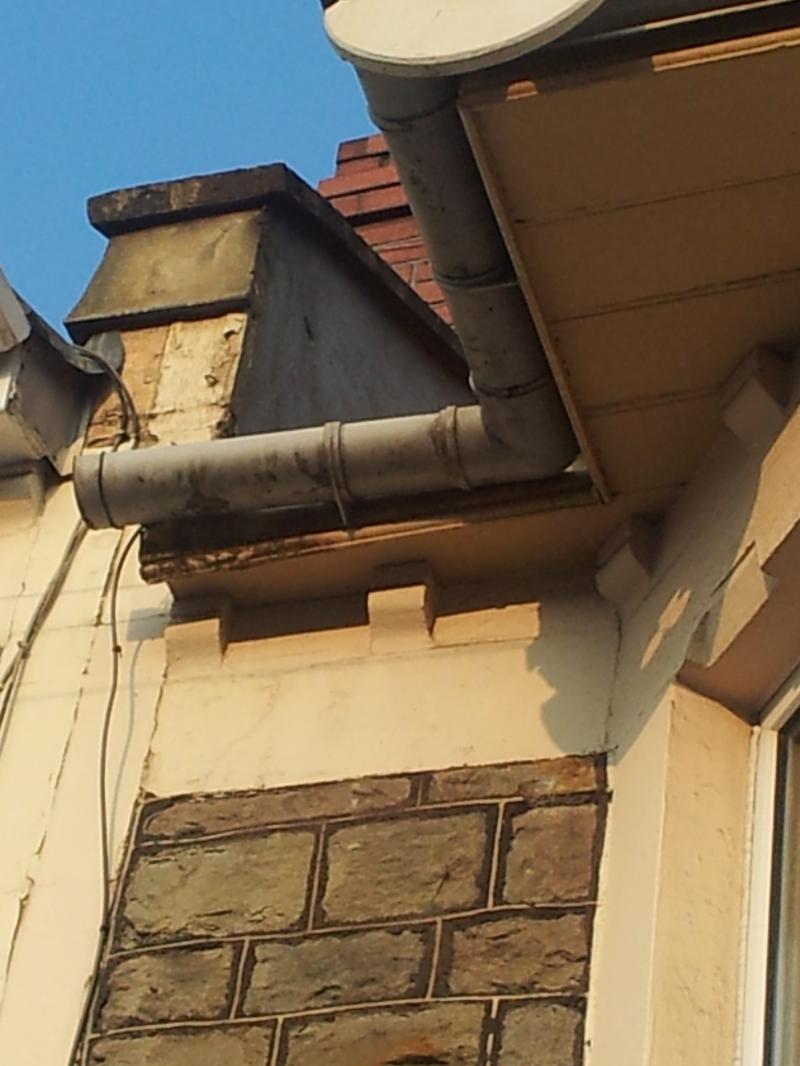Hello,
I live in a terraced house in Bristol and it has brickwork like this:
The pointing is crumbling in quite a few places so we've decided to re-point the front. I've started raking out the old mortar but I was just wondering if I can use the ready mix multi-purpose mortar you can buy from B&Q or does it need to be a hydrating lime mortar mix?
Many thanks
I live in a terraced house in Bristol and it has brickwork like this:
The pointing is crumbling in quite a few places so we've decided to re-point the front. I've started raking out the old mortar but I was just wondering if I can use the ready mix multi-purpose mortar you can buy from B&Q or does it need to be a hydrating lime mortar mix?
Many thanks


